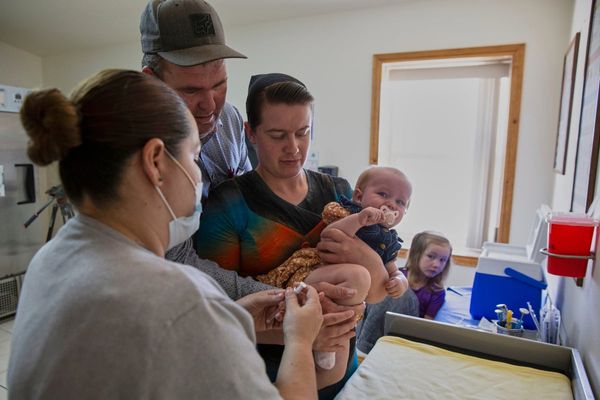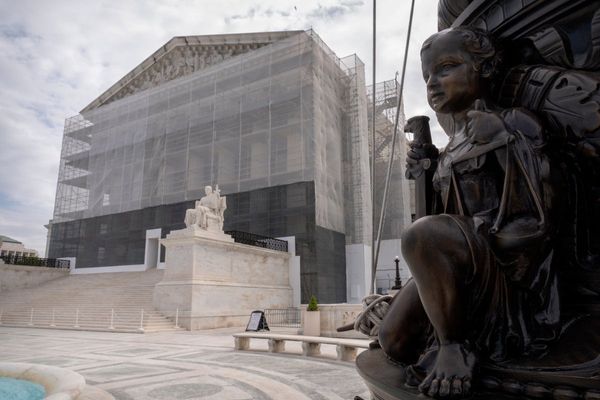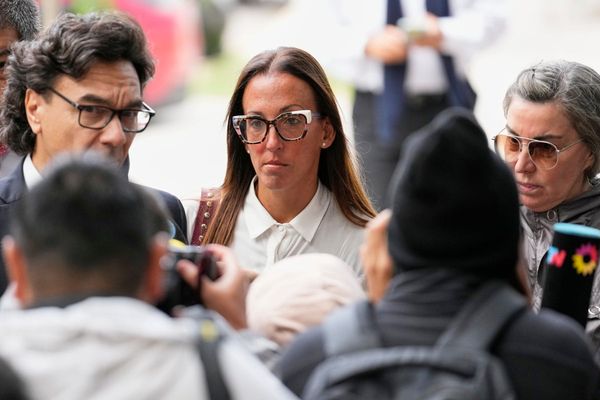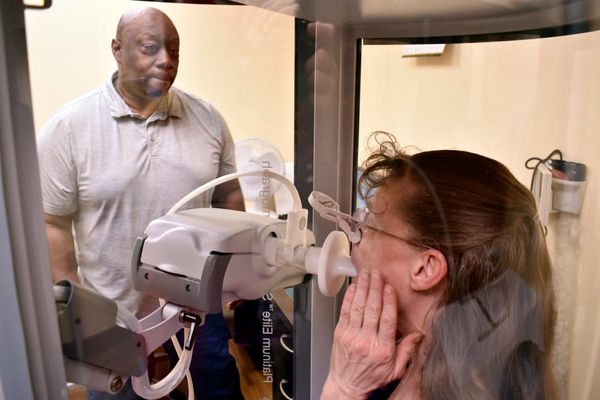
The premise for Crystal Pite and Jonathon Young’s Betroffenheit stops you in your tracks. In 2009 Young, an actor and playwright, lost his daughter, nephew and niece in a fire. Betroffenheit – the word describes the shocked state which follows profound trauma – is his response to the tragedy, elaborated and choreographed by Crystal Pite.
If the idea of transmuting such an event into theatre seems questionable, and quite possibly appalling, the result dispels all doubts. Betroffenheit does two supremely important things. It reminds us that at its best, theatre has a profound social function. That it’s a shared act in which human nature, for better or worse, is laid bare. And it reminds us that art is more than a sideshow. That when reason and intellect falter, broken by the random cruelty of fate, art can offer a response.
Betroffenheit takes us to hell, to a grimy interzone in which Young is assailed by a loop-tape of self-lacerating accusations – “They’re in there, I try to get them out…” It’s a place to which he returns, endlessly and compulsively, because he is locked into the tortured certainty that not to return is to abandon the victims a second time. This addiction to “re-entry” is personified by a tawdry cabaret, whose performers, with their painted-on smiles and camp insinuation, offer a toxic illusion of intimacy. They’re flagrantly deceitful, but they’re always there for him.

Young begs his inner voices for epiphany. “You want some insight with that?” a voice scornfully responds. Epiphany, it becomes clear, is not on the menu. The second act opens on a bare stage swirling – horrifyingly, in this context – with smoke. What follows is pure dance. Pite is a choreographer of unequalled sensibility and emotional intelligence. Her movement language is one of flickering nuance, of galvanic action and reaction. Impulses race through her groupings like electricity, flinging the dancers into the enclosing darkness before drawing them back into pulsing, glimmering friezes. Every moment, every frozen frame, has an unflinching beauty and legibility, leading us to the realisation that there can be no psychic reassembly, no return to the unfractured status quo ante. Only grief, as a living process of negotiation and acceptance. “The others are gone, they’re lost. It’s you now,” the voices tell Young, and Pite’s choreography tells us the same thing. It’s us now. The only way is forward. The only time is the present.







